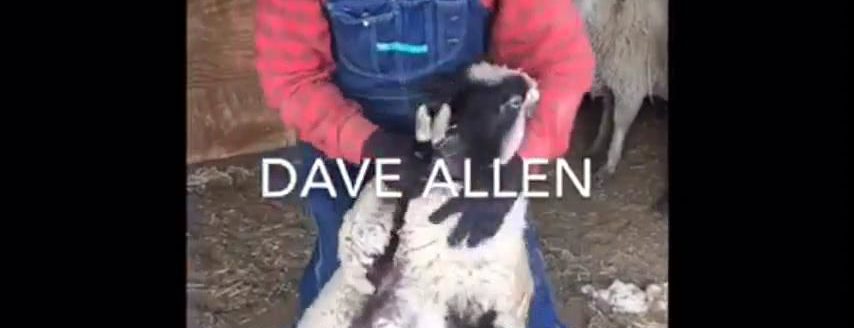Throws spun from Wyoming wool will boost UW sheep program, utilize blockchain

Profits from sales of limited-edition throws made from wool grown and knitted in Wyoming will be reinvested back in the College of Agriculture and Natural Resources sheep and wool program at the University of Wyoming’s Laramie Research and Extension Center.
Whit Stewart, UW Extension sheep specialist, approached Scott Lake, LREC director, with the idea to create the wool throws. With Lake’s help, the team gained support from the college and Dean Barbara Rasco, who has been a huge proponent of the project and the sheep industry efforts as a whole, shared Stewart.
The project is closely tied with UW’s Center for Blockchain and Digital Innovations and will be one of the first and most visible projects of the chain the university has, said Rasco.
“We want to highlight the land-grant and the history of the University of Wyoming sheep and wool program in a product that truly reflects our mission,” said Stewart. “So, I think the fact that we had a product to tell a really compelling story that would be 100% grown and manufactured in the state of Wyoming was probably our motivation and all the while gaining support for the agriculture part of our mission at the land-grant.”
Two-hundred and seventy-five sheep at LREC underwent their annual haircut in January. The shorn wool was then packaged into 450-pound bales and shipped to Mountain Meadow Wool in Buffalo for processing.
Mountain Meadow Wool focuses on smaller scale production and custom processing.
“Raw wool arrives on one end and the finished throw will come out the other end,” said Ben Hosteler, operations manager at Mountain Meadow Wool. “It is pretty unique in the country to be able to do it all in one stop and be a vertically integrated process.”
The wool from each sheep can make about 1.5 throws. There will be 300 throws produced and for sale in August, said Stewart.
The throw was designed by Lindsay Stewart, a fine arts student, using the UW color palette with Steamboat in the middle. Each throw will include a hand-stamped leather label to indicate the design edition and provide a QR code to utilize block-chain technology to see the background behind how the quilt was created, shared Stewart.
Additional blockchain technologies include a non-fungible token “chip” will be embedded into the blanket to certify authenticity as a limited-edition collector’s item.
“We want to show agriculture has digital applications and manufacturing innovations that we can really capitalize and make for these projects,” said Stewart.
Stewart doesn’t see this project ending with wool throws and hopes to have students look into the feasibility of other UW branded wool products.
“It is a testament to the land-grant, the sheep program and the ag college, even though things have changed over time, we are still around, and we are still producing a high-quality product in demand by society,” said Stewart.

